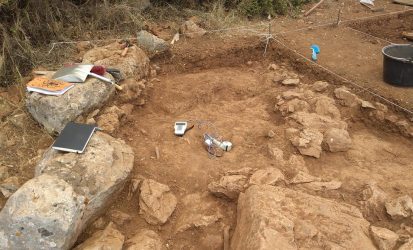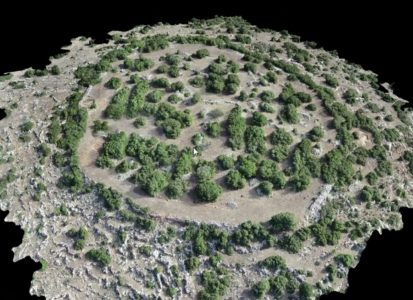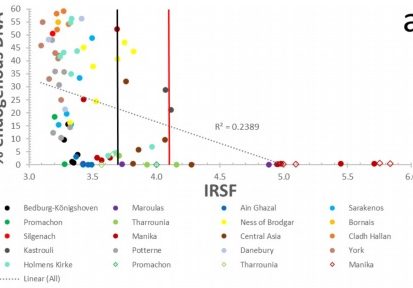The purpose of the Kastrouli Mycenaean Project (KMP) is:
- to preserve the site at risk by applying a range of cyber-archaeology and geophysical tools to address the issue of at-risk cultural heritage in the eastern Mediterranean.
- using this study to help develop a marine archaeology methodology suitable for studying human coastal adaption during the late Holocene across time and space.
- focusing on the end of the Late Bronze Age in the eastern Mediterranean to address the problem of the collapse of Mycenaean, Hittite, and New Kingdom Egypt civilizations ca. 1200–1100 BCE to investigate the role that climate, environmental, and social factors may have played in this process.
- to shed light on the Iron age-“Dark ages” and later periods.
- finally, to engage in the more local problem of understanding the nature of Mycenaean coastal worlds, and peripheral centers.
This integrated approach takes a transdisciplinary approach to research opening new understandings of issues concerning climate change.
The concept of KMP from the beginning was to address all the above issues. Hence it was connected to the coastal sites of Steno, Antikyra in the Corinthian Gulf, which later coined the Southern Phokis Regional Project (SPRP).
Kastrouli (N 38) 23’ 56.7’’, E 22o 34’ 30’’, 550 m asl) is a small fortified site in the Phokis region of central Greece near the modern village of Desfina, not far from Delphi. An ancient fortification wall encompassing an area of 16,700 m2 defines the size of the site where both archaeological features and ceramic sherds are found in abundance. The project aims to fully and systematically excavate the site’s surface. Situated at a strategic location overlooking the Corinthian gulf, Kastrouli appears to have been an important city of the Late Bronze Age (ca. 1300-1100 BC), a period also known as “Mycenaean” or Late Helladic III B-C, and famous for such mythical sagas as the Trojan War. Through the systematic and interdisciplinary investigation of Kastrouli, we seek to shed new light on the mechanisms that led to the formation of other Mycenaean states such as Thebes, Orchomenos and smaller citadels in Phokis and Boeotia and its relationship to Mycenae, to generate cross-cultural models that help us to understand the processes of state formation around the ancient world. Recent work has identified the site with the Homeric Anemoreia which together with other Phokian cities contributed to the 40 black warships to the naval campaign under the leadership of Agamemnon against Troy.
The Kastrouli Archaeological Project was conducted under the auspices of the University of the Aegean (2016-2020), with Ioannis Liritzis of the Department of Mediterranean Studies overseeing the Project. Since 2016 an international team and students participate either as experts or in accredited summer fieldwork.
The project has already produced unexpected finds in the form of monumental fortified walls and large buildings that may belong to a little Mycenaean palace; cyclopean walls, clay figurines, stirrup jars, pottery, metal finds. Judging from the surface finds in the environs of Kastrouli an apparent model emerges that of central citadel-to-communal clusters evolution. The evidence of using local clay for pottery production, the marine food present, the engineering hydraulic works and the development of husbandry and livestock makes the Kastrouli a quite independent city in the periphery of major palatial centers. The interaction between Kastrouli and the neighboring Palaces at Boeotia and beyond in the Corinthian gulf is crucial in understanding the role and degree of their relationship.
Annual Reports: In every year reports are submitted to the Ephoreia of Antiquities of Delphi and the Ministry of Culture and Sports. The data also are published in scientific journals (see, Publications).





